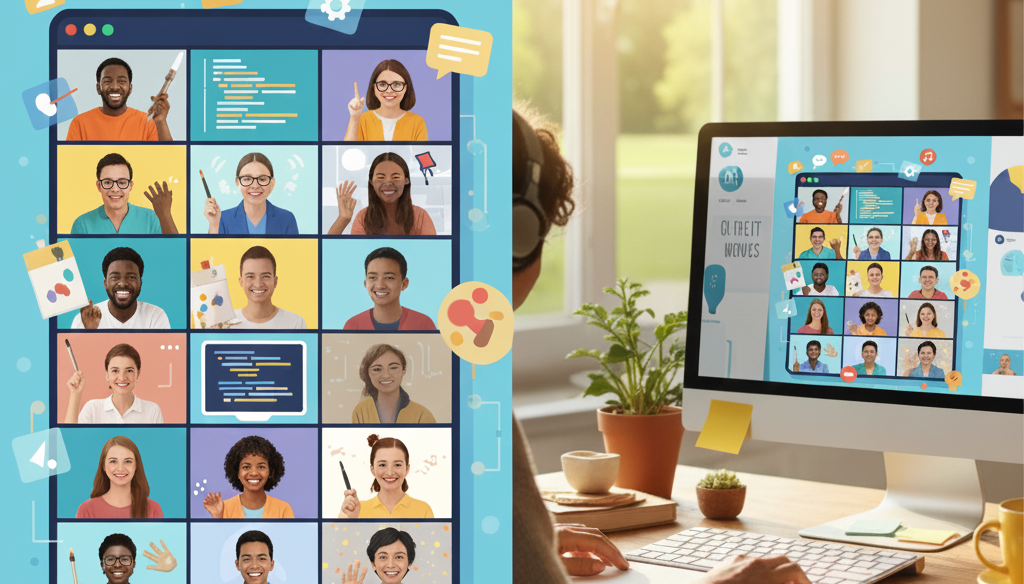
Lively online meetings and online workshops
Switching from onsite to online has made us very aware of the success factors of meetings, workshops and trainings.

Switching from onsite to online has made us very aware of the success factors of meetings, workshops and trainings.
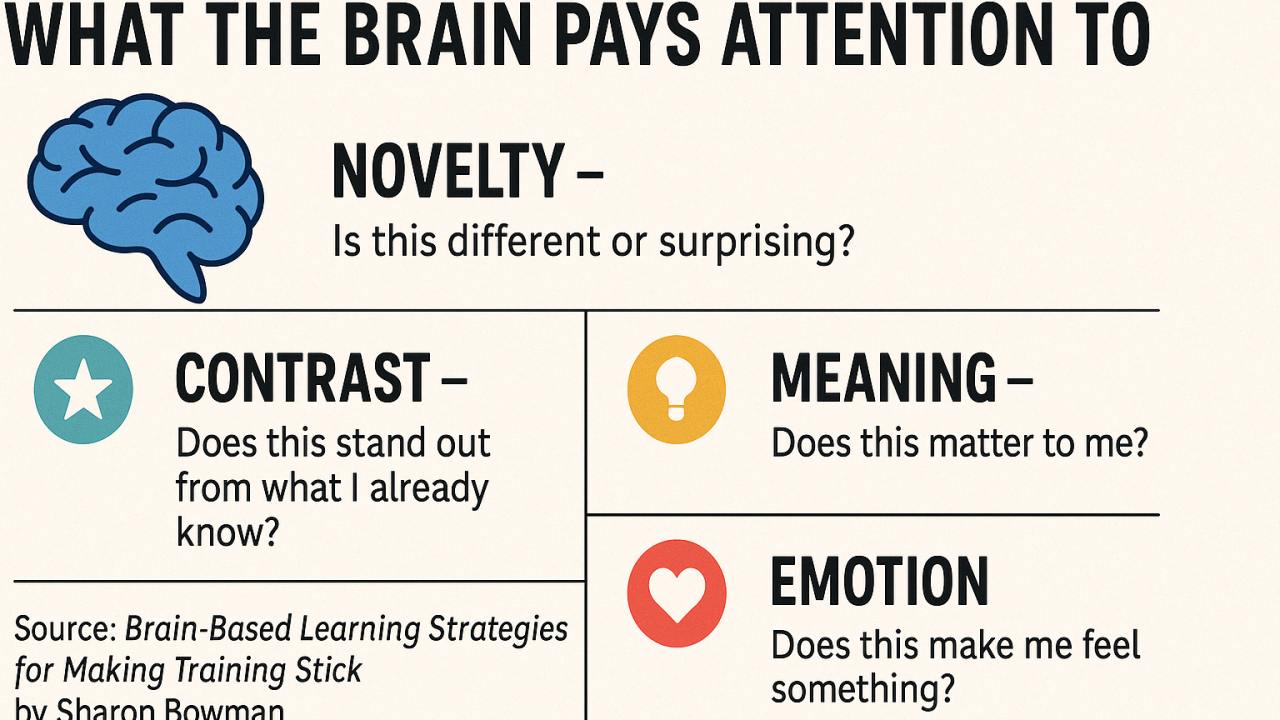
The sessions that stuck used storytelling, interaction, humor, even moments of surprise. They made me feel something. And according to neuroscience, that’s not an accident — it’s how the brain is wired to learn.
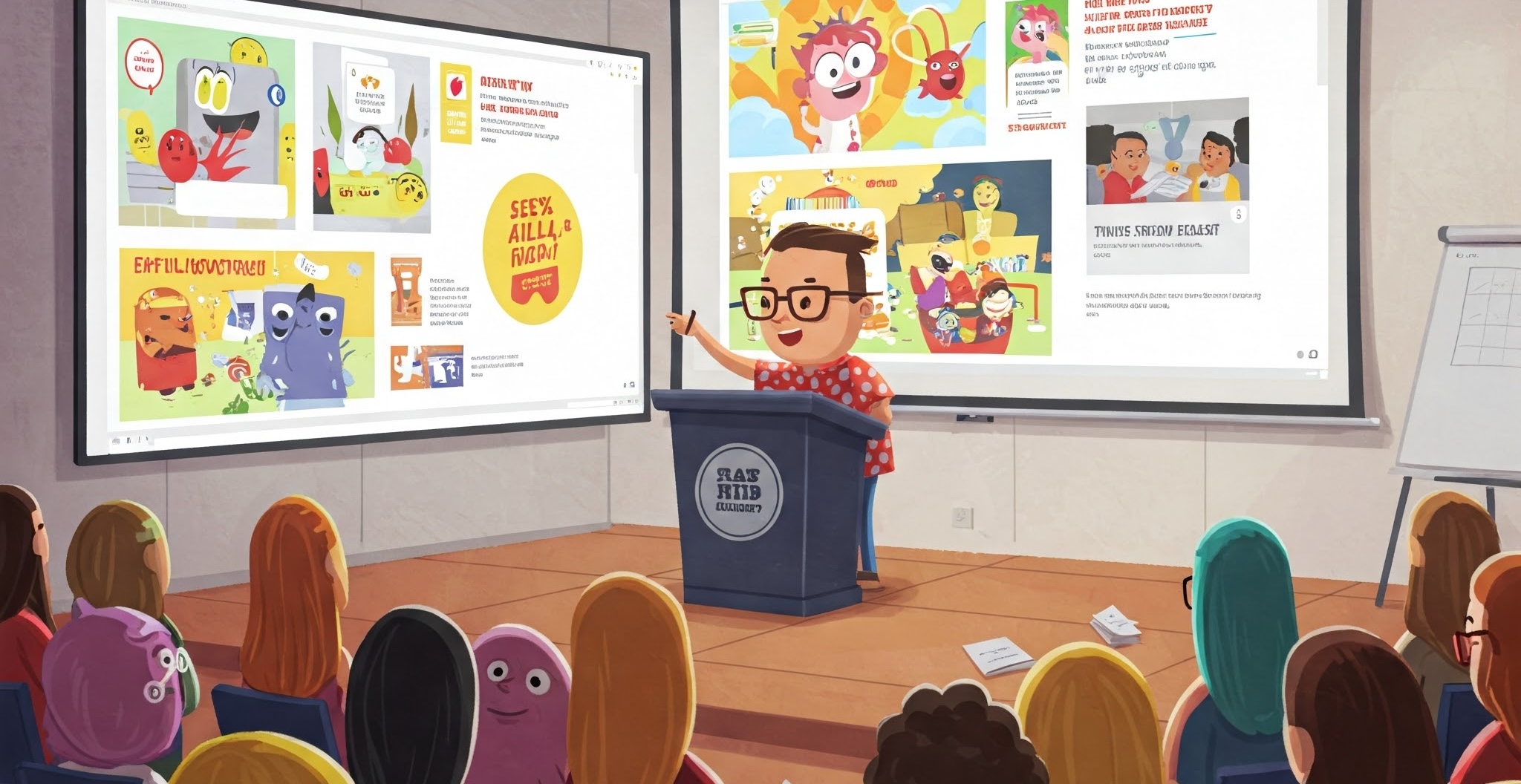
If you want your message to stick and actually be used, these 7 steps will help. Each one is backed by how the brain learns best and focused on making your presentations more relevant and meaningful.

Encountering resistance from learners is a common challenge, but the right strategies can transform hesitation into engagement. Here’s how to encourage meaningful participation while respecting learner autonomy.

Figuring out what's true and what isn't can be challenging. Knowing how to find and evaluate reliable information is a valuable skill. Here's how to research a topic effectively, choose trustworthy sources, and come to a well-informed conclusion.

Implementing the “Right to Pass” is one crucial ingredient for creating a safe learning environment. It is a mindset that acknowledges and respects individual differences, recognizing that learners come with varied backgrounds, experiences, and comfort levels. Here are some key aspects to consider.

If virtual sessions have taught us anything in the past four years, it's that paying attention to someone lecturing or talking on a computer screen is more challenging than doing so when the speaker is physically present. So how do trainers and teachers make their virtual classes more engaging?

In a list of effective training techniques, one powerful method stands out for showcasing the expertise of learners themselves: "3 Before Me."

In adult instruction, the use of icebreakers has become a staple for fostering connections among participants. However, in our pursuit of meaningful learning experiences, it's critical to question the relevance of icebreakers.

The fall 2024 line-up - of in-person TBR Practitioner Classes - is in full swing. Below are six great take-aways from this interactive, brain-based, engaging and memorable learning experience.

Content delivery is the area which is the easiest for a trainer to mess up. Old habits return. Slipping into lecture feels "natural." Like a treasured belonging, lecture is hard to let go of. Here is why and how to change that.

“Drop Ego Here” helps set the tone and stage for a full day of training. It prepares learners mentally and emotionally, and creates a safe space for open-mindedness, connections, and collaboration.

I first titled this blog post: “One Big Mistake I Made When I First Started Training People Which Caused Me Stress – and Three Ways to Avoid This Mistake and Keep You Calm!” Read on to find out what I’m talking about.

Psychological safety among learners is the foundation of effective and successful learning. Did you know that you can break the feeling of safety by pushing learners too far out of their psychological comfort zone?
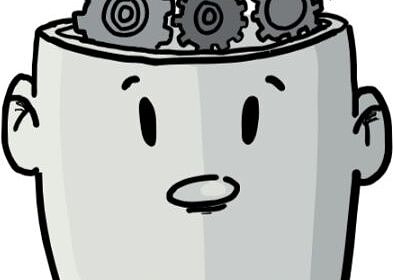
Think of a time where you were so overloaded mentally that your brain couldn’t take anymore input. Pay attention to how you felt when that happened. Then read the rest of this blog post.

"The person doing the most talking - or moving or writing - is doing the most learning." And, if you observe a traditional in-person class, or even a live virtual one, it's immediately obvious who is doing the most talking, moving, and writing: the trainer or instructor, of course!

Conventional wisdom can be misleading when unchallenged and there is a lot of unchallenged conventional wisdom about training and learning!

It's the nature of the beast: There will ALWAYS be tech-glitches when learning virtually. With that said, here are 9 tips to make sure the learners in your virtual classes get the most from their remote learning experiences.
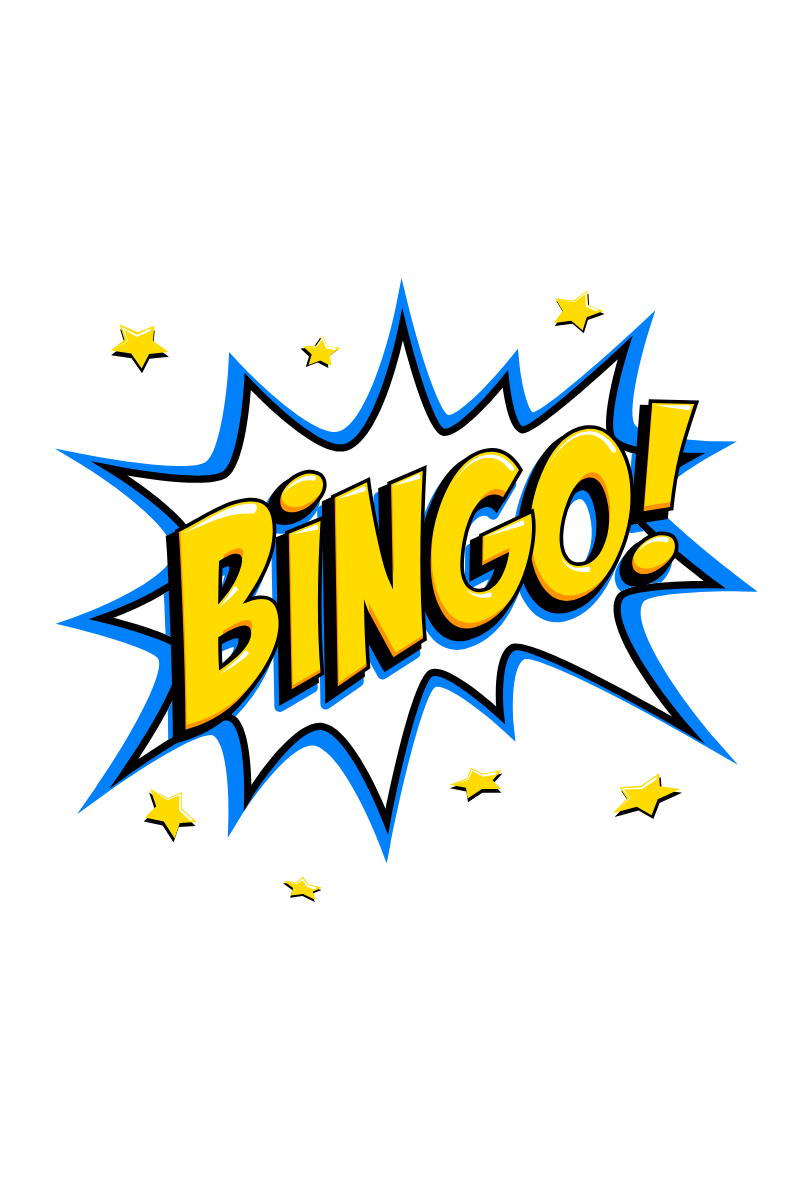
In this post, we'll have a look at why and how to use Blackout Bingo to prime learners (that is, to get them ready) for new information to come. Why Use Blackout Bingo? How do you prepare workshop participants for important information to come?

Regular physical activity strengthens brain function by improving cognitive performance and overall mental capabilities. Exercise not only benefits the body but also prepares the brain for learning and long-term retention.

Traditional education systems, rooted in industrial-age thinking, often stifle creativity and divergent thinking. Reform is needed to foster individualized learning experiences that nurture creativity, adaptability, and better align education with the demands of the modern world.

The brain's learning challenges can be attributed to its evolutionary development, which prioritized survival skills over modern educational tasks. This evolutionary mismatch suggests that traditional teaching methods may not align with the brain's natural learning inclinations, highlighting the need for educational approaches that consider our inherent cognitive wiring.

The brain learns by forming and strengthening neural connections through experiences and practice. Neurons communicate via synapses, and repeated stimulation reinforces these pathways, making information retrieval more efficient. This process, known as neuroplasticity, enables continuous learning and adaptation throughout life.

Motivation is influenced by both internal drives and external factors. Understanding the science behind motivation can help individuals and organizations foster environments that enhance productivity and personal satisfaction.

Techniques to enhance cognitive abilities and optimize learning include strategies for improving memory, concentration, and overall brain function. Applying these methods can lead to more effective mental development and better information retention.

Every brain is wired differently, developing uniquely based on experiences and interactions. Personalized learning approaches that cater to individual differences can enhance outcomes by aligning with each person's distinct neural wiring.

Thoughts have a measurable impact on brain structure and function. Mental practices, such as visualization and mindfulness, can lead to physical changes in the brain, enhancing skills and well-being. This underscores the profound connection between mind and body.

Social media use affects the brain by reinforcing addictive behaviors through dopamine release, impairing memory by altering information processing, disrupting sleep due to screen exposure, and influencing self-esteem through constant comparison and curated online interactions.

Meditation offers numerous benefits for both mental and physical health. Regular practice can reduce stress, enhance concentration, and improve emotional well-being. Physically, it may lower blood pressure, strengthen the immune system, and decrease pain sensitivity. These advantages stem from meditation's ability to promote relaxation and foster a deeper mind-body connection.

Hand-drawn videos are an effective tool for teaching and training, making complex ideas more engaging and easier to understand. By combining visuals with narration, this approach enhances retention, simplifies abstract concepts, and keeps learners actively engaged.

The brain relies on mental shortcuts and past experiences to interpret information, which can lead to illusions and cognitive biases. Understanding these tendencies helps improve decision-making and awareness of how perception shapes reality.
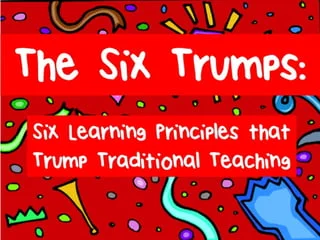
Six brain-science principles suggest that certain teaching strategies are more effective than others. Movement trumps sitting, talking trumps listening, and images trump words.

The 4Cs Map structures lessons using four key phases: Connections, Concepts, Concrete Practice, and Conclusions. This model aligns with how the brain learns best, promoting active engagement and deeper understanding.

Designing effective training starts with the end in mind. Focus on what learners need to know, how they will know they’ve learned it, and what they will be able to do with it.

Make PowerPoint engaging by using big images and fonts, limiting text to key points, and incorporating storytelling. Keep learners active with graphic organizers, simple participation methods like thumbs up/down, and interactive activities.
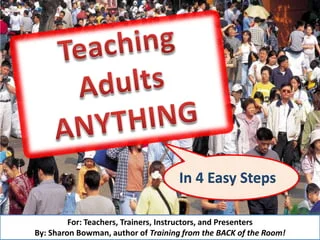
Get them connected to the topic, Show and tell to demonstrate key concepts, Let them do it through hands-on practice, and Stand back and applaud to reinforce success.
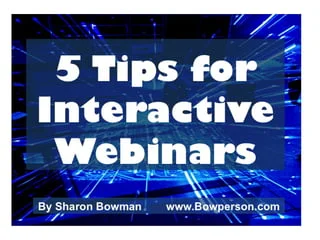
Make webinars engaging by involving learners from the start, keeping content in short chunks, including body breaks, using quick writes for reflection, and ending with action plans to reinforce learning.
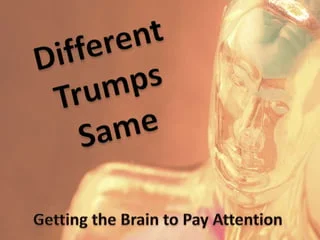
The brain is wired to notice novelty, meaning, contrast, and emotion. Using these elements in teaching captures attention, enhances engagement, and improves retention.
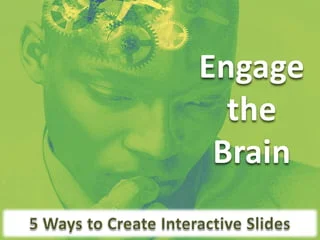
Make slides interactive by getting learners to choose and click, think and write, stand and speak, cross out incorrect answers, and fill in missing information to increase engagement and participation.
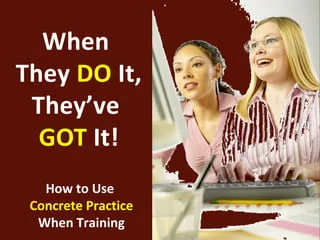
Concrete Practice ensures all learners actively apply new skills or engage in reviewing key information during the session, not just afterward. This hands-on approach reinforces learning and improves retention.
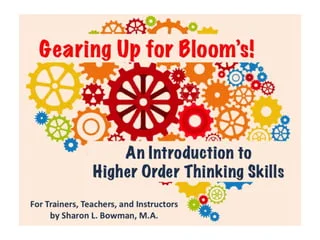
Bloom’s Taxonomy outlines six thinking skills, progressing from basic recall to higher-order skills like analyzing, evaluating, and creating. Learning builds from foundational knowledge to deeper critical and creative thinking.

Effective teaching focuses on need-to-knows—essential content crucial for learning or job performance. Use learning objectives to identify key takeaways and ensure learners gain practical, applicable knowledge.
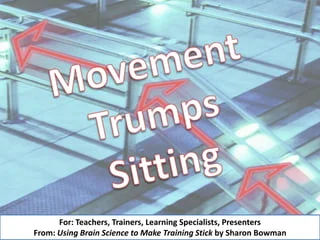
Topic-related movement increases oxygen to the brain, enhancing focus, memory, and learning. Encourage talking, standing, reading, and writing to boost engagement.

The brain thrives on movement, engagement, and exploration. Exercise boosts cognition, stress impairs learning, and repetition strengthens memory. Vision dominates perception, multisensory input enhances retention, and curiosity drives discovery. Understanding these principles improves learning and productivity.

Actively engaging an entire audience (i.e. a large group of learners) during an an-person presentation is not as difficult as you might think. All that matters is your commitment to do three simple things.

When it comes to learning, we know that "movement trumps sitting." Finding ways to build movement into activities in the virtual classroom is more challenging than in the in-person classroom. This means that we trainers need to be more deliberate in including learner movement as often as possible.

This is the “science-made-simple” slide presentation about why the human brain is hard-wired the way it is and why both physical and psychological safety are so important to learning, whether in virtual or in-person learning environments.

A while back, I wrote a post about "Body-Breaks," short quick physical movements that learners do to stretch their bodies and get more oxygen to their brains. Body-Breaks have become hugely important in virtual/remote learning environments.
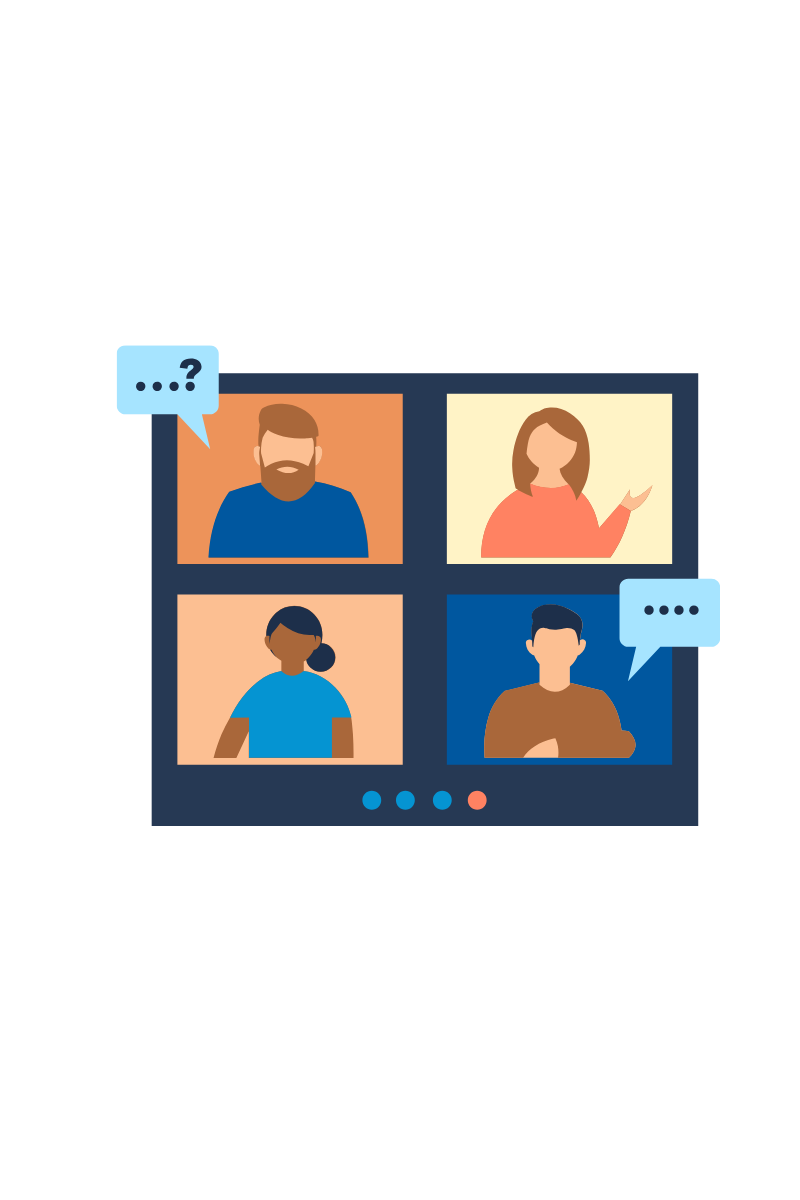
Most webinars still function as virtual information-delivery systems: lots of slides, lots of lecture, maybe a polling feature, maybe a visible chat box, maybe a "word cloud" generator. To make learning the goal (and not just information-delivery), participants need to be engaged in a variety of ways throughout the webinar.

A number of frequently asked questions about the TBR-VE™ class

Here are 4 major differences between the TBR-VE Class and the in-person TBR Practitioner Class
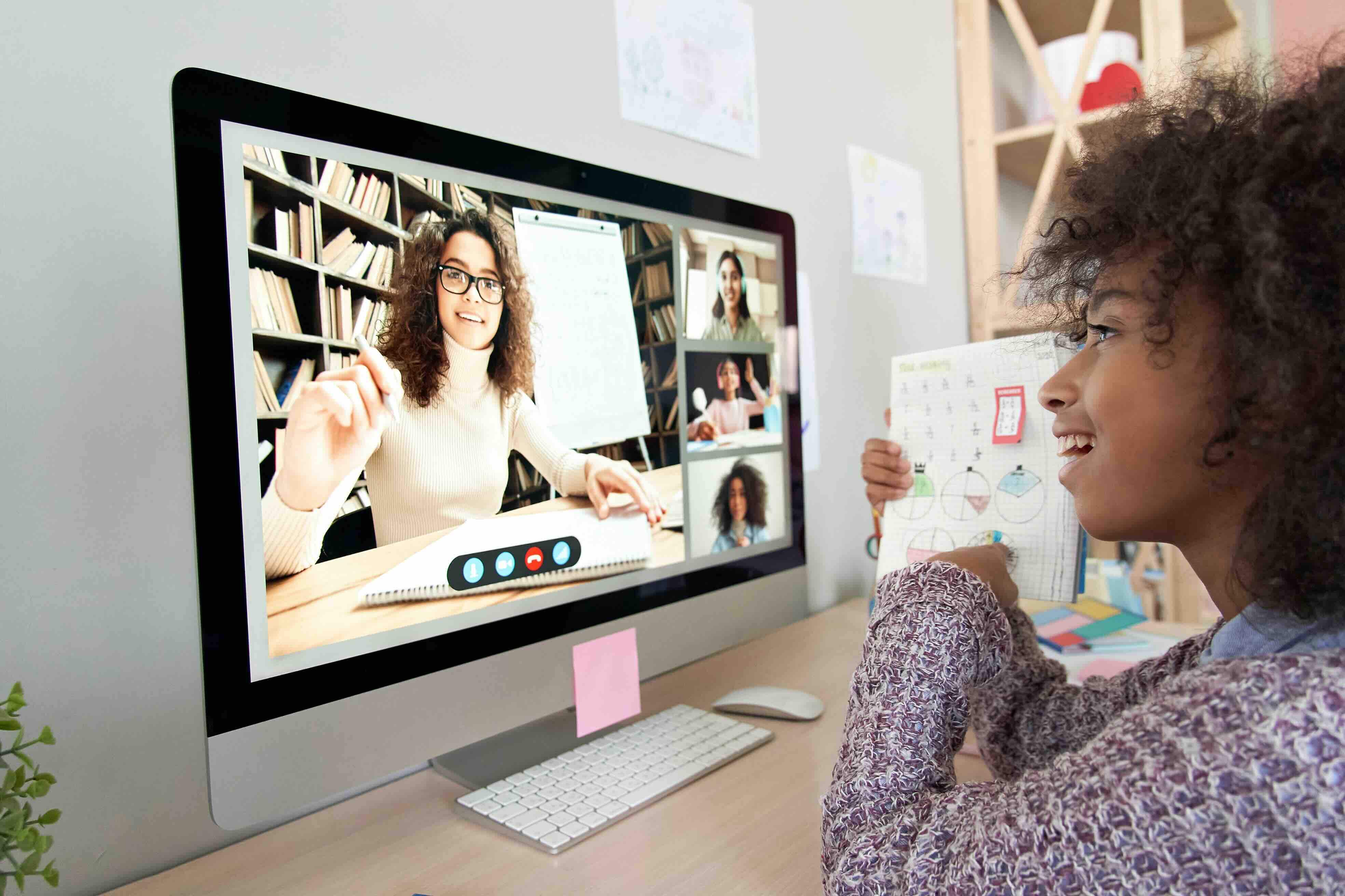
“Platform skills” is the term most often used for face-to-face presentations: the presenter's voice tone, body movement, facial expressions, movement, and energy. Let's translate all of that to the virtual world with “staging.”

The last few weeks have been pretty tough on everyone. The new “normal” is quite different now in the training world, so we have a few ideas we want to share with you.

Most trainers talk about the importance of “psychological safety,” both in the classroom and in the workplace. But how do you go about creating it from the moment learners step into the classroom or training space?
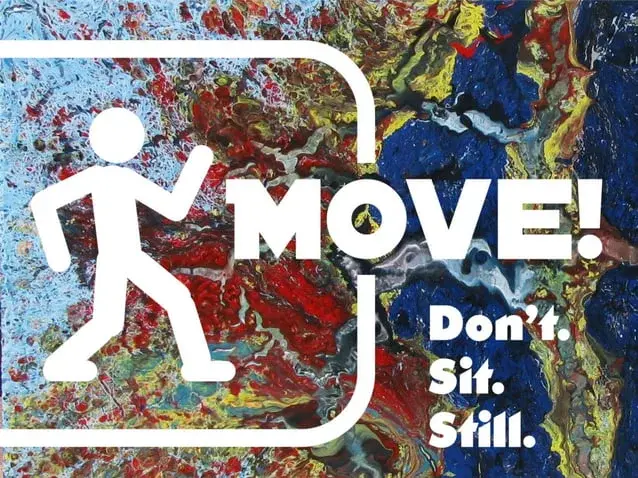
Move, Don’t Sit Still highlights why movement is better than sitting, the first and most important of Sharon Bowman's Six Learning Principles. This presentation explains the benefits of movement and provides seven practical ways to incorporate it into classes and workshops.

If you’re thinking about attending a TBR Practitioner Class, or just want to know more about it, here is a summary of five great “take-aways” from the class.
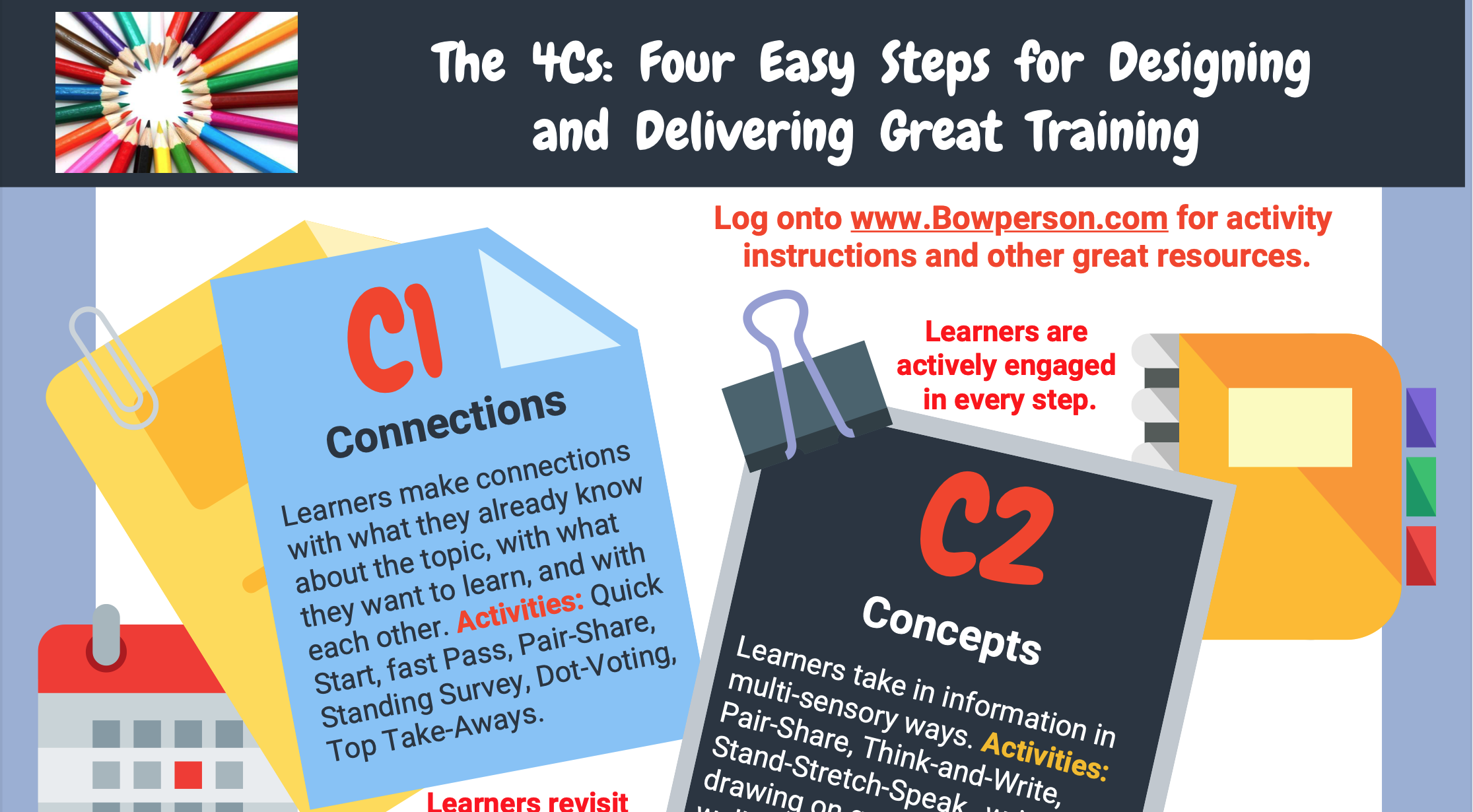
This is an easy, quick, instructional design and delivery tool that can be used with any subject or topic and any size audience or class. If you have attended a TBR Practitioner Class, you are familiar with this tool and probably already use it regularly to design/deliver great classes and training programs. The source of this instructional design/delivery tool is the book Training from the BACK of the Room!
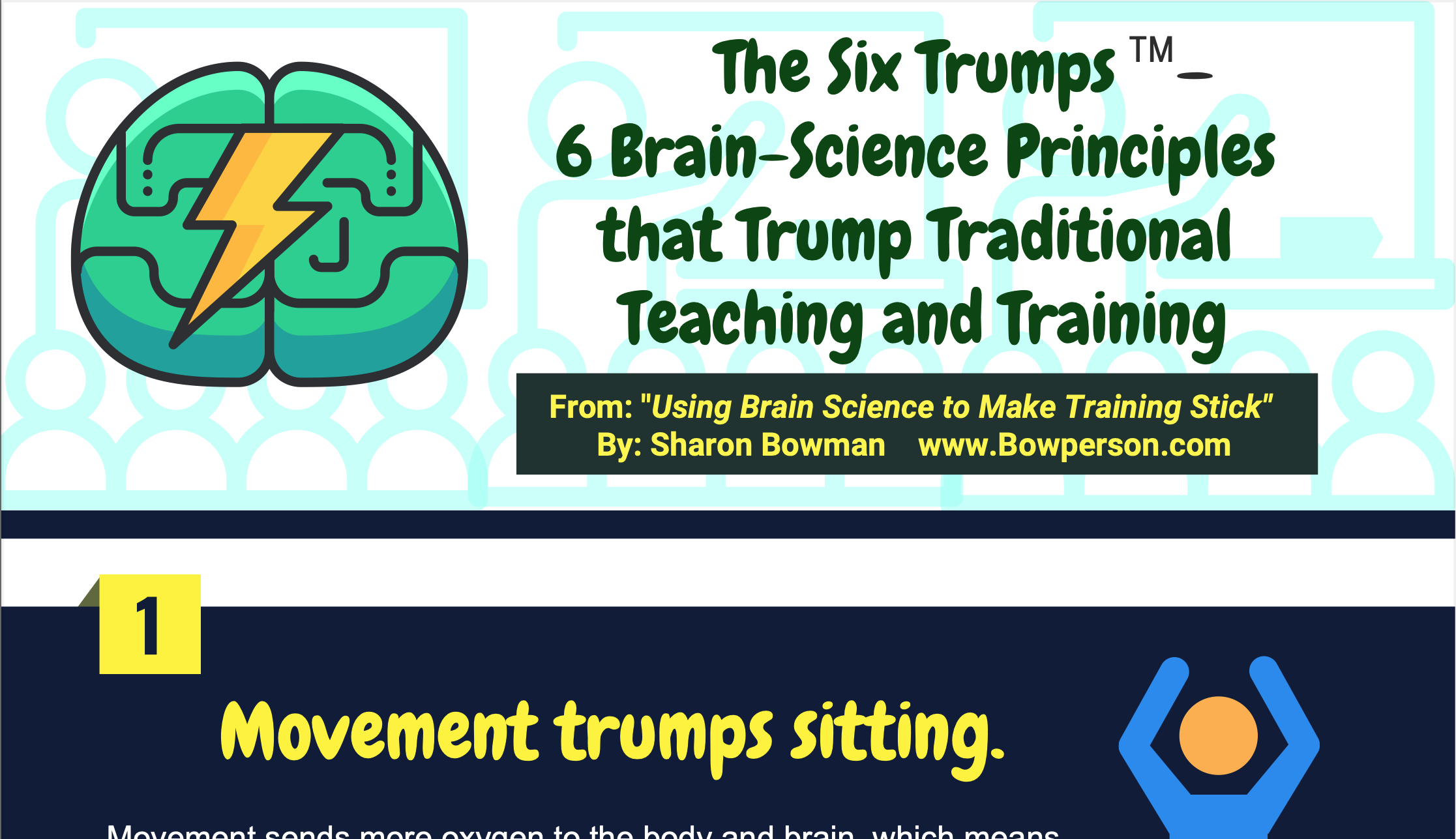
These six brain-science principles make it easy to shift from lecture-based teaching to a learner-centered, brain-friendly approach. Rooted in research from scientists, educators, and psychologists, they are simple to apply—many effective trainers already use them. These concepts form the foundation of Using Brain Science to Make Training Stick! Implementing these principles creates more dynamic and effective learning experiences.

Intelligence isn’t fixed. It grows with effort, challenge, and effective learning strategies like active practice and spaced repetition. The brain strengthens as it learns, forming new connections that improve thinking and problem-solving.
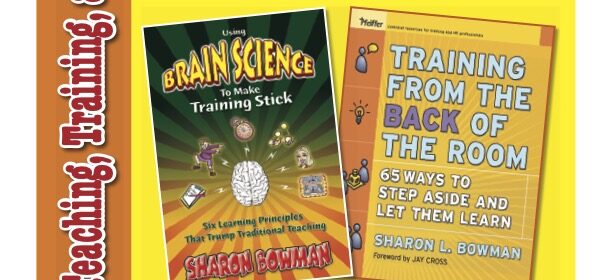
Many blog readers already use "Warm-Ups" as a way of introducing learners to concepts that will be taught in an upcoming class or training. For those of you who plan to attend the official in-person, 2-day "Training from the BACK of the Room" (TBR) Practitioner Class in the near future, here are the class "Warm-Ups".

How do I maximize the learning so that I’ll be able to remember and use the new information or skills from this learning experience?
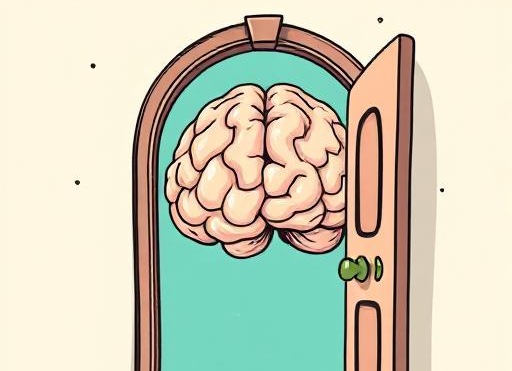
These activities will energize learners while actively engaging them in making connections and drawing conclusions.

The human brain is the most incredibly complex thing that we have ever studied. Join us as we take a look inside the brain to see how is creating brain-compatible learning experiences for our students.

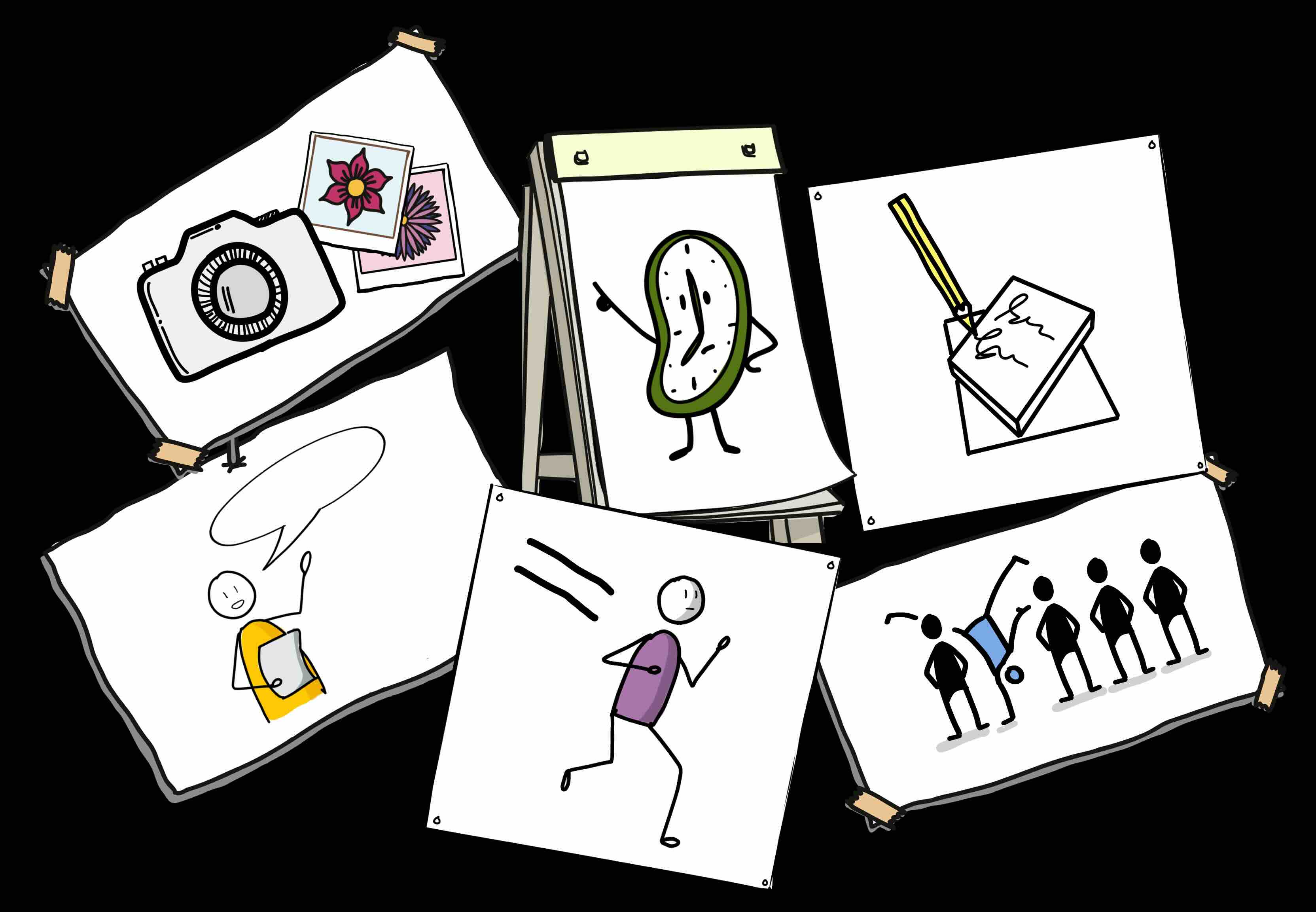
How do I create my own "Six Learning Principles" card set

You’ve just completed a train-the-trainer day with lots of great information to use and new instructional strategies to experiment with. So how do you keep from falling back into traditional, lecture-based methods of instruction?

You’ve just attended a great train-the-trainer class and the excitement there has been replaced by the busyness of your daily life. Here are 5 ways to hold onto what you learned

Discover how to make your own digital slide presentations more visually interesting and more interactive. Observe the color, images, and design elements, as well as the content of each slide presentation. For full-screen viewing, click on the small box outline in the bottom right of the title slide screen.

Slide presentations about how the human brain learns best and how you can teach and train others more effectively. For full-screen viewing, click on the small box outline in the bottom right of the title slide screen.
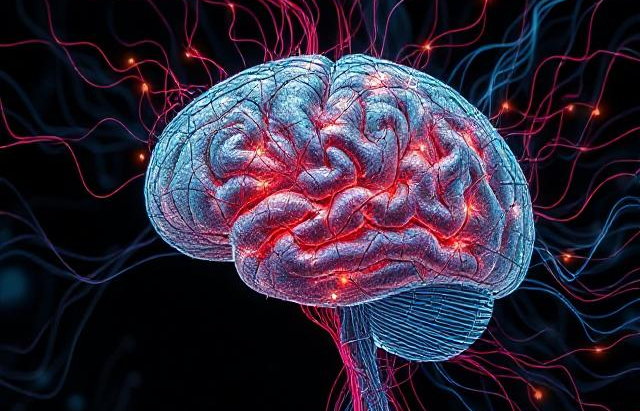
Reference that look a the various ways that technology influences our brains.

A difficult adult learner: resistant, passive. Thinks activities are a waste of time. Doesn’t really want to be sitting in a classroom with a group of strangers at all. And nothing you try in the class setting works. What do you do?

So how do you make sure your trainees “get it” the first time you say it? How do you know if they REALLY understand what they hear?
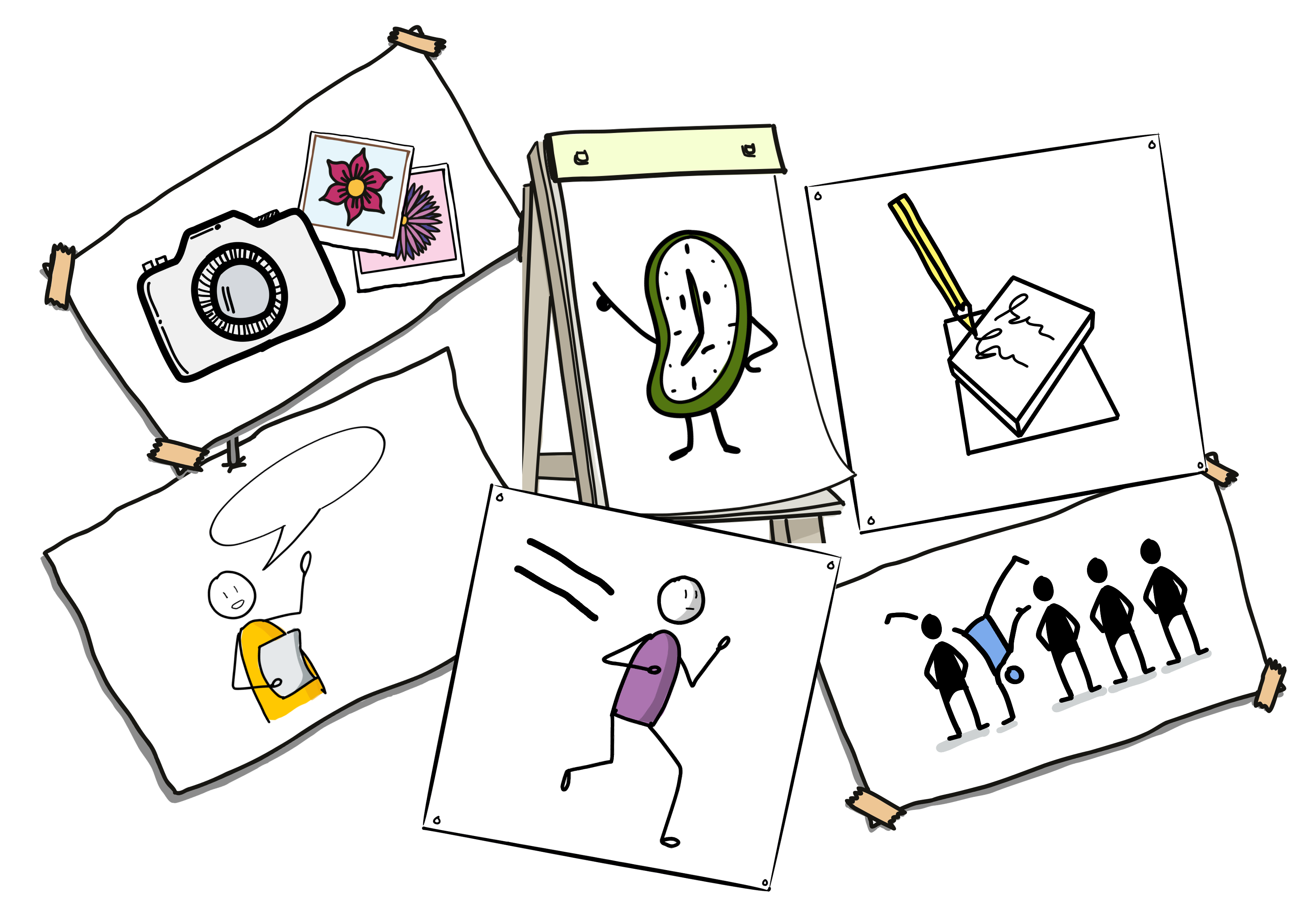
This article gives you a summary of six brain science principles that trump traditional learning methods. It also provides you with some excellent resources, should you wish to explore these principles further.
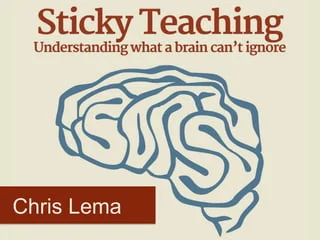
Modern brain science challenges traditional teaching methods, suggesting a new approach to learning. Using six key strategies, educators can enhance audience engagement and make learning more effective and memorable.